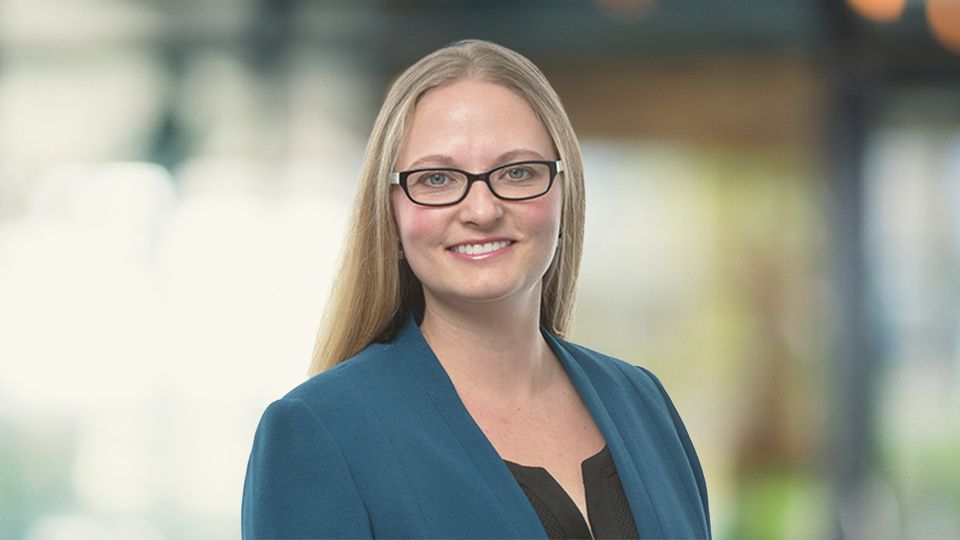For an industry that is such a big proponent of corporate transparency, we continue to face challenges around transparency about voting.
Last year, the Financial Conduct Authority (FCA) sought to tackle this by establishing the Vote Reporting Group, whose mission is to create a comprehensive and centralised proxy voting reporting framework within the UK asset management industry. The goal was to enhance stewardship by ensuring publicly accessible and comparable voting disclosures. Royal London Asset Management has been actively involved with the working group since its inception and has fed back its views and opinions on the merits of transparent voting disclosure.
My fundamental conclusion is that there should be no significant barriers for asset managers to disclose how they vote.
Royal London Asset Management has been doing this since 2015 and some of our funds have been disclosing how they vote since 2002. It’s online, it’s accessible, it’s transparent. It is also important to provide a rationale whenever we vote contrary to the management recommendations.
So, why is this such a tricky issue in our industry? Our asset owner clients want the data. It would allow them to more easily compare managers. It would help them assess alignment of voting with their own views and evaluate whether votes are consistent or conflicting across different managers. And it would help them be transparent to their underlying beneficiaries – individual savers and investors.
From an asset manager perspective, we spend an enormous amount of time filling in bespoke voting and engagement templates for our clients. Those templates are clunky to use and usually done manually so they are hard to scale. At the same time, nearly all voting is done through centralised computer systems and processes. Those processes aren’t always perfect, but what is certain is that the data is already stored centrally in most cases. It feels to me like this is exactly an area that could benefit from automation, systematisation and efficiency. It will reduce costs and manual efforts by stewardship teams. And more importantly it would allow them to focus less time on reporting and more time on voting and engagement – win-win.
So, what’s the issue? I do acknowledge there are some practical challenges that need to be overcome. For example, we will need a consistent taxonomy and vote tagging system. We will need the vendors and data providers to work together to ensure systems can talk to each other. The industry also needs to figure out how we can provide narrative rationales for our votes that are meaningful but not too onerous to produce. The definition of what is considered a ‘significant vote’ is another tricky issue, as this is often wildly subjective and will differ by asset manager. And finally, we need to agree who will host and pay for the new public database.








